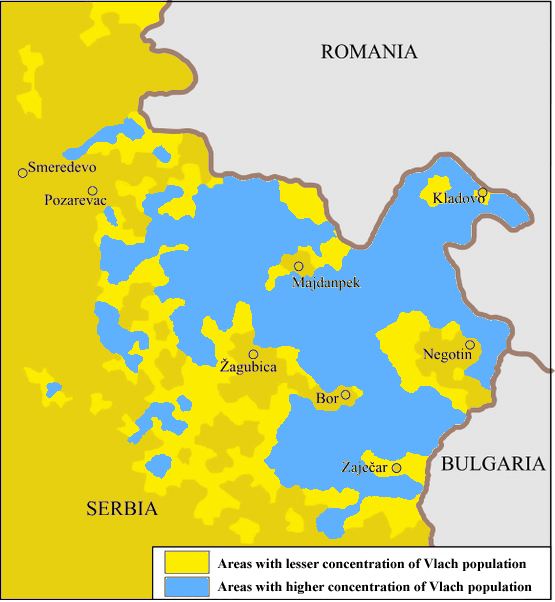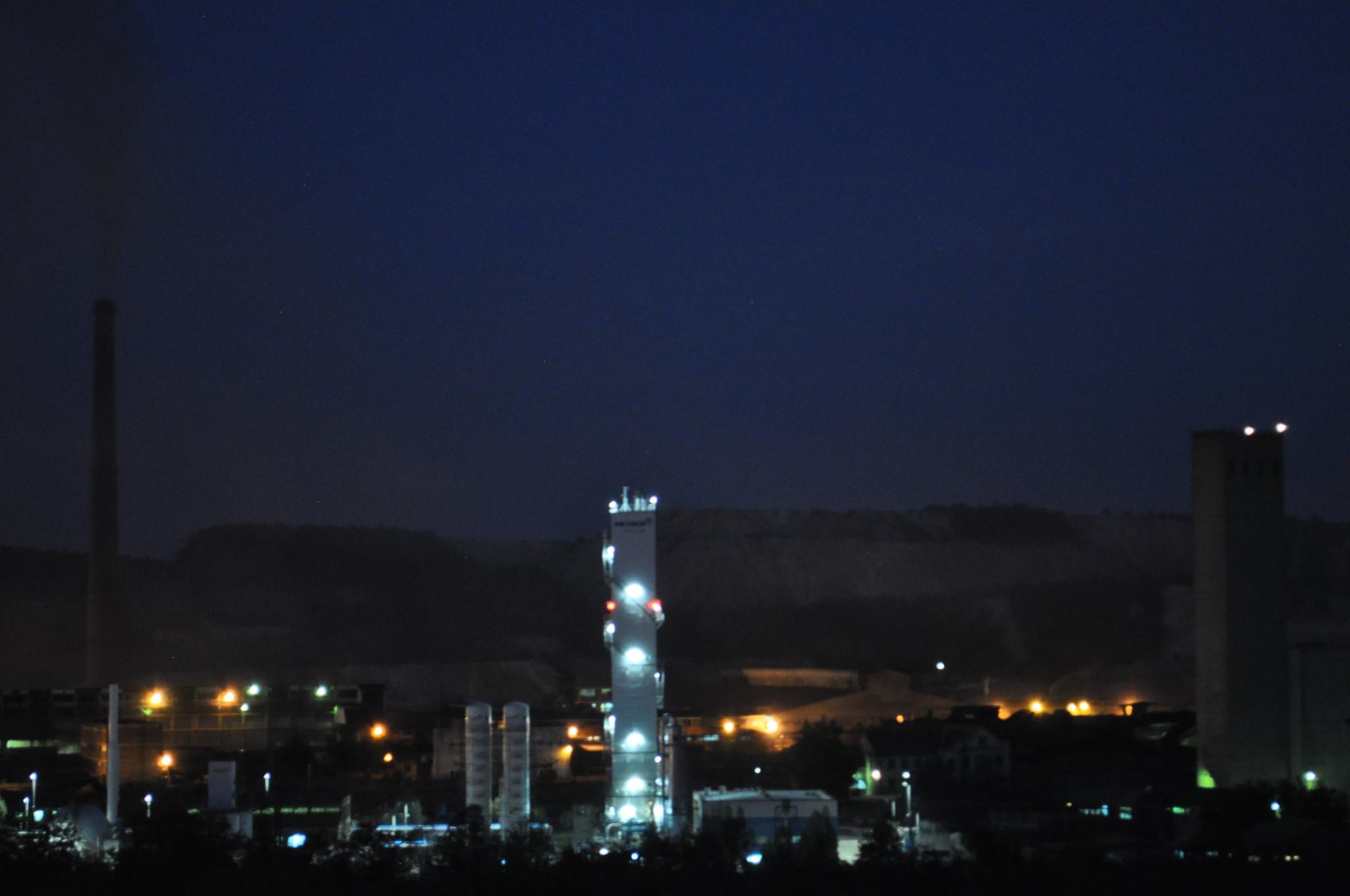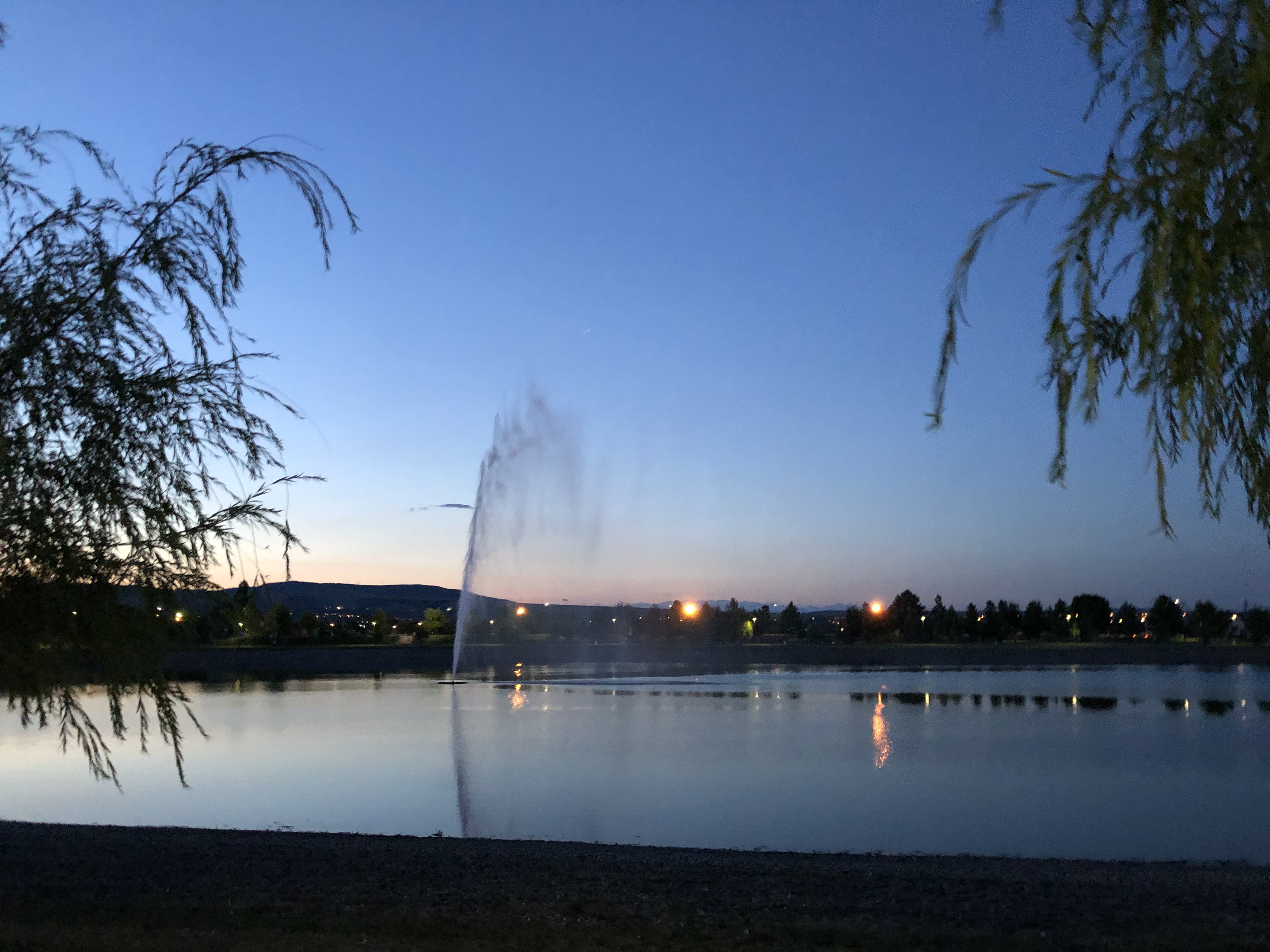|
Timok Valley
The Timok Valley (; ; ) is a geographical region in east Serbia around the Timok River. The Timok Valley corresponds to parts of two Serbian districts ( Bor and Zaječar), with a total 2022 census population of 200,785. Name The Serbian name is derived from the hydronym ''Timok'' and ''krajina'' ("frontier, march"), named such due to its location and history as a borderland. It was introduced in the Interwar period as denoting the Timok confluence with the Negotin Valley and Ključ, which are part of the Timok Valley. The term has no historical or geographical basis. In Romanian, the term "Timoc Valley" () is used for the area inhabited by the Romanian-speaking Vlachs. "Tribalia" is also used in Romanian. The region was sometimes known as Podunavia in medieval times. Geography The Timok Valley roughly corresponds to the Bor and Zaječar districts of Serbia. It includes six municipalities and two cities: *Zaječar – 66,000 * Bor – 44,000 *Negotin – 37,000 *Knjaževac � ... [...More Info...] [...Related Items...] OR: [Wikipedia] [Google] [Baidu] |
Bor District And Zaječar District (Timočka Krajina)
Bor may refer to: Places Populated places * Bor (Tachov District), a town in Plzeň Region, Czech Republic * Bor, Petnjica, Montenegro * Bor, Russia, the name of many inhabited localities in Russia * Bor District, a district in Serbia ** Bor, Serbia, a town in Bor District * Bor, South Sudan, the capital of Jonglei State, South Sudan * Bor County, in Jonglei State, South Sudan * Bor, Sweden, a village in Jönköping County, Sweden * Bor, Niğde, a district center of Niğde Province, Turkey * Bór (other), various settlements in Poland Other places * Bor (Martian crater) * Bor (PKP station), a former railway station in Hel, Poland * Bor Airport (South Sudan) People *Bor (name), notable people with this surname or given name *Borr, sometimes anglicized Bor, a god in Norse mythology, father of the god Odin *Bor (comics), an Asgardian in the Marvel Universe Other * Bill of rights * Bor fruit, more commonly known as Ber * Bor language (other), the name of two langua ... [...More Info...] [...Related Items...] OR: [Wikipedia] [Google] [Baidu] |
Bor, Serbia
Bor ( sr-Cyrl, Бор; ) is a List of cities in Serbia, city and the administrative center of the Bor District in eastern Serbia. According to the 2022 census, the city administrative area has a population of 40,845 inhabitants. Bor has one of the largest copper mining, mines in Europe. It has been a mining center since 1904, when a French company began operations there. With 760 residential buildings, it presents the highest ration of urban area to number of citizens in the country, and is one of top-five cities in Serbia by number of buildings. Name The name is derived from meaning "pine". Geography Bor, situated in the eastern part of Serbia, is distinguished by its diverse geographical features. The town is bordered by the Kriveljska River, and in its vicinity lies Bor Lake, a scenic reservoir that adds to the town's natural beauty and serves as a recreational area. Not far from Bor, Brestovac Spa attracts visitors with its healing mineral waters, providing a tranquil set ... [...More Info...] [...Related Items...] OR: [Wikipedia] [Google] [Baidu] |
Pottery
Pottery is the process and the products of forming vessels and other objects with clay and other raw materials, which are fired at high temperatures to give them a hard and durable form. The place where such wares are made by a ''potter'' is also called a ''pottery'' (plural ''potteries''). The definition of ''pottery'', used by the ASTM International, is "all fired ceramic wares that contain clay when formed, except technical, structural, and refractory products". End applications include tableware, ceramic art, decorative ware, toilet, sanitary ware, and in technology and industry such as Insulator (electricity), electrical insulators and laboratory ware. In art history and archaeology, especially of ancient and prehistoric periods, pottery often means only vessels, and sculpture, sculpted figurines of the same material are called terracottas. Pottery is one of the Timeline of historic inventions, oldest human inventions, originating before the Neolithic, Neolithic period, w ... [...More Info...] [...Related Items...] OR: [Wikipedia] [Google] [Baidu] |
Bronze Age
The Bronze Age () was a historical period characterised principally by the use of bronze tools and the development of complex urban societies, as well as the adoption of writing in some areas. The Bronze Age is the middle principal period of the three-age system, following the Stone Age and preceding the Iron Age. Conceived as a global era, the Bronze Age follows the Neolithic, with a transition period between the two known as the Chalcolithic. The final decades of the Bronze Age in the Mediterranean basin are often characterised as a period of widespread societal collapse known as the Late Bronze Age collapse (), although its severity and scope are debated among scholars. An ancient civilisation is deemed to be part of the Bronze Age if it either produced bronze by smelting its own copper and alloying it with tin, arsenic, or other metals, or traded other items for bronze from producing areas elsewhere. Bronze Age cultures were the first to History of writing, develop writin ... [...More Info...] [...Related Items...] OR: [Wikipedia] [Google] [Baidu] |
Humid Subtropical Climate
A humid subtropical climate is a subtropical -temperate climate type, characterized by long and hot summers, and cool to mild winters. These climates normally lie on the southeast side of all continents (except Antarctica), generally between latitudes 25° and 40° and are located poleward from adjacent tropical climates, and equatorward from either humid continental (in North America and Asia) or oceanic climates (in other continents). It is also known as warm temperate climate in some climate classifications. Under the Köppen climate classification, ''Cfa'' and ''Cwa'' climates are either described as humid subtropical climates or warm temperate climates. This climate features mean temperature in the coldest month between (or ) and and mean temperature in the warmest month or higher. However, while some climatologists have opted to describe this climate type as a "humid subtropical climate", Köppen himself never used this term. The humid subtropical climate classific ... [...More Info...] [...Related Items...] OR: [Wikipedia] [Google] [Baidu] |
Köppen Climate Classification
The Köppen climate classification divides Earth climates into five main climate groups, with each group being divided based on patterns of seasonal precipitation and temperature. The five main groups are ''A'' (tropical), ''B'' (arid), ''C'' (temperate), ''D'' (continental), and ''E'' (polar). Each group and subgroup is represented by a letter. All climates are assigned a main group (the first letter). All climates except for those in the ''E'' group are assigned a seasonal precipitation subgroup (the second letter). For example, ''Af'' indicates a tropical rainforest climate. The system assigns a temperature subgroup for all groups other than those in the ''A'' group, indicated by the third letter for climates in ''B'', ''C'', ''D'', and the second letter for climates in ''E''. Other examples include: ''Cfb'' indicating an oceanic climate with warm summers as indicated by the ending ''b.'', while ''Dwb'' indicates a semi-Monsoon continental climate, monsoonal continental climate ... [...More Info...] [...Related Items...] OR: [Wikipedia] [Google] [Baidu] |
Humid Continental Climate
A humid continental climate is a climatic region defined by Russo-German climatologist Wladimir Köppen in 1900, typified by four distinct seasons and large seasonal temperature differences, with warm to hot (and often humid) summers, and cold (sometimes severely cold in the northern areas) and snowy winters. Precipitation is usually distributed throughout the year, but often these regions do have dry seasons. The definition of this climate in terms of temperature is as follows: the mean temperature of the coldest month must be below or depending on the isotherm, and there must be at least four months whose mean temperatures are at or above . In addition, the location in question must not be semi-arid or arid. The cooler ''Dfb'', ''Dwb'', and ''Dsb'' subtypes are also known as hemiboreal climates. Although amount of snowfall is not a factor used in defining the humid continental climate, snow during the winter in this type of climate is almost a guarantee, either intermitte ... [...More Info...] [...Related Items...] OR: [Wikipedia] [Google] [Baidu] |
Oskoruša
Oskoruša is a hill close to the city of Smederevska Palanka, Serbia. The top of the hill is above sea level. Description From the top of the hill it is possible to see the city of Vršac to the north; the mountain range Kopaonik to the south at a distance of ; the area close to the river Drina to the west; and the area near the city of Bor to the east at a distance of . Also visible are the mountain Rtanj, the mountain Devica near the city of Niš, the mountains Jastrebac, Avala, Kosmaj, Bukulja, Venčac, and Rudnik; and the cities of Požarevac, Kovin, Svilajnac, Velika Plana, Despotovac, Žabari, and Arandjelovac. History Less than one mile away is the archaeological site at Medvednjak. Research has been conducted at Medvednjak by University of California, Los Angeles The University of California, Los Angeles (UCLA) is a public university, public Land-grant university, land-grant research university in Los Angeles, California, United States. Its academic roots were e ... [...More Info...] [...Related Items...] OR: [Wikipedia] [Google] [Baidu] |
Majdanpek
Majdanpek ( sr-cyr, Мајданпек; ) is a town and municipality located in the Bor District of the eastern Serbia, and is not far from the border of Romania. According to 2022 census, the municipality of Majdanpek had a population of 14,559 people, while the town of Majdanpek had a population of 8,310. Name The name "Majdanpek" is derived from the words ''majdan'' meaning "quarry" (from Arabic ''maydān'') and '' pek'' meaning "much, big, very" in Turkish. In Romanian, the town is known as . History There is an archaeological site in Majdanpek, from the time of the Vinča culture, which provides one of the earliest known examples of copper metallurgy, dated to 5th millennium BC. Chalcolithic excavations exist in Kapetanova Pecina, Praurija, Kameni Rog and Roman site of Kamenjar. The town is famous as a copper mine district, since the early 17th century. The origin of the name is based on words ''majdan'' (related to Turkish ''madän'', mine) and river Pek - mine on ... [...More Info...] [...Related Items...] OR: [Wikipedia] [Google] [Baidu] |
Boljevac
Boljevac ( sr-cyr, Бољевац, ) is a town and municipality located in the Zaječar District of eastern Serbia. According to 2022 census, the population of the town was 2,894, while population of the municipality was 10,184. History From 1929 to 1941, Boljevac was part of the Morava Banovina of the Kingdom of Yugoslavia. In 2010, the Commission on Concealed Mass Graves in Serbia discovered a mass grave of people killed by Yugoslav Partisans during World War II in the settlement of Zmijanac. Partisan troops took over the municipality in October 1944. They subsequently executed over 40 locals, including a priest of the Serbian Orthodox Church. Večernje novosti Settl ...
|
Kladovo
Kladovo ( sr-Cyrl, Кладово, ; or ) is a town and municipality located in the Bor District of Southern and Eastern Serbia, eastern Serbia. It is situated on the right bank of the Danube river. Name In Serbian language, Serbian, the town is known as ''Kladovo'' (Кладово), in Romanian language, Romanian ''Cladova'', in German language, German as ''Kladowo'' or ''Kladovo'' and in Latin language, Latin and Romanised Greek language, Greek as ''Zanes''. In the time of the Roman Empire, the name of the town was ''Zanes'' while the Roman forts were known as ''Diana Fort, Diana'' and ''Pontes'' (from Greek "sea" -''pontos'', or Roman "bridge" - ''pontem''). Later, Slavs founded a settlement that was named ''Novi Grad'' (Нови Град), while Ottoman Empire, Ottomans built a fortress here and called it ''Fethülislam''. The present-day name of Kladovo is first recorded in 1596 in an Austrian military document. There are several theories about the origin of the current n ... [...More Info...] [...Related Items...] OR: [Wikipedia] [Google] [Baidu] |






